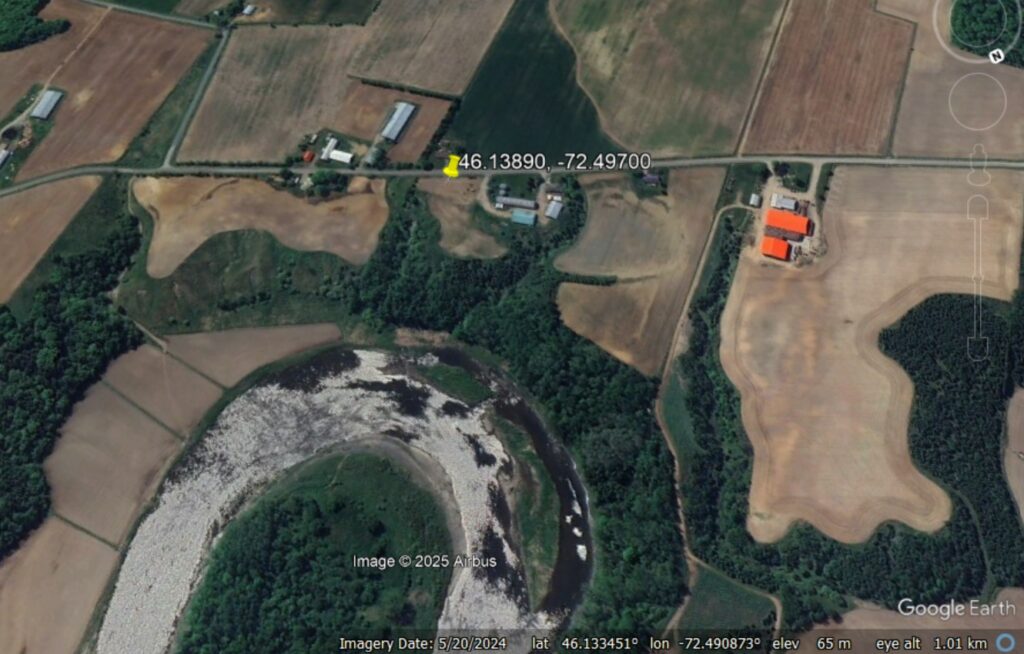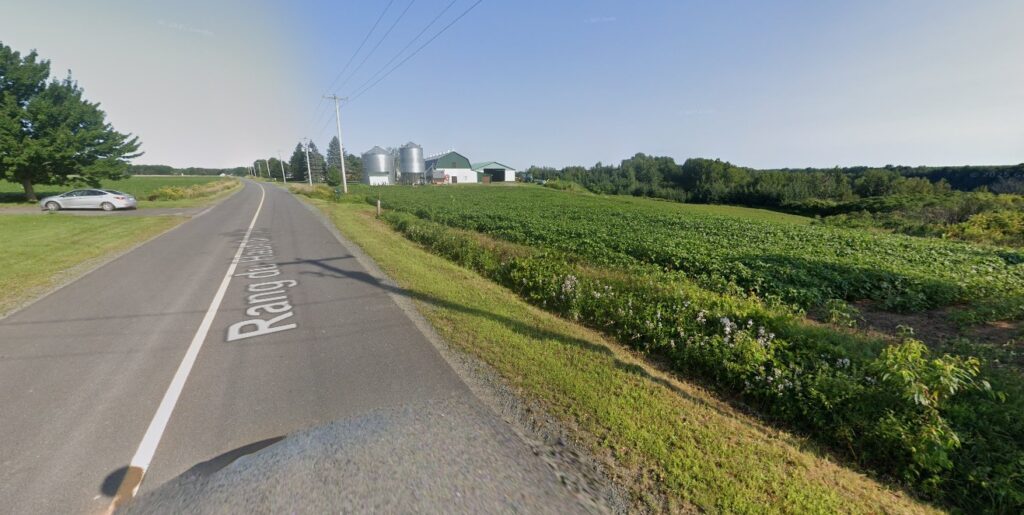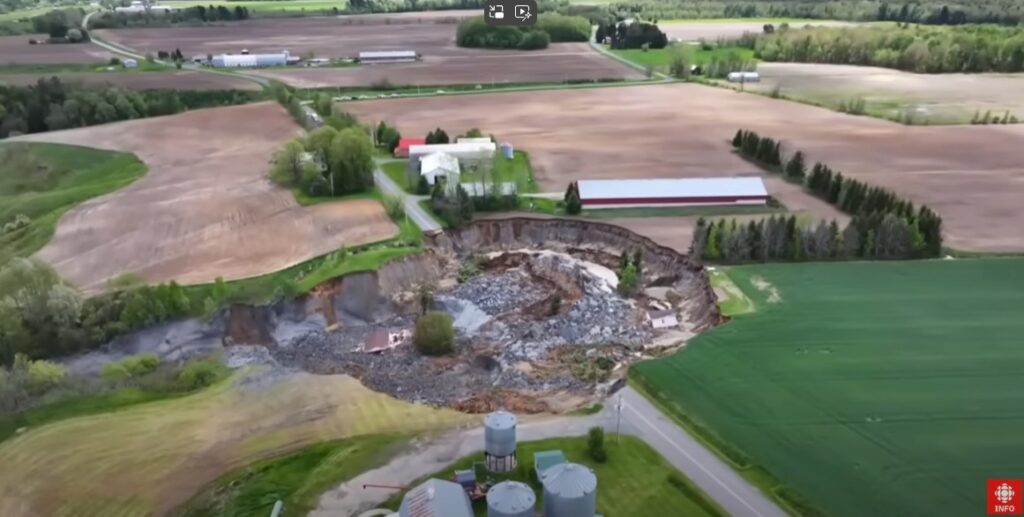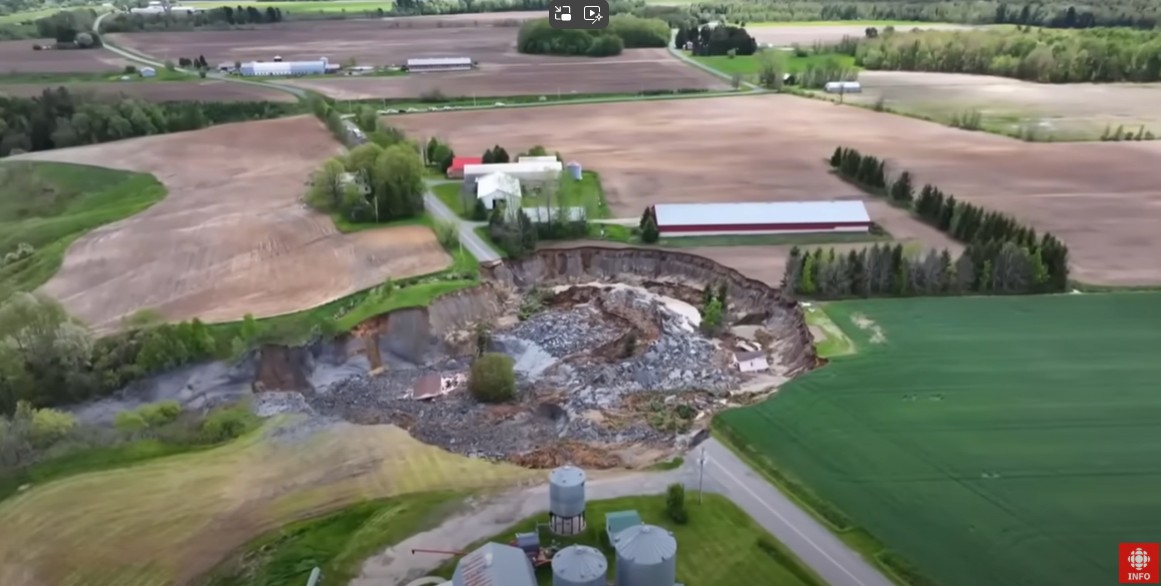The Landslide Blog is written by Dave Petley, who is widely recognized as a world leader in the study and management of landslides.
On 21 May 2025, a family lost their home to a quick clay landslide in Sainte Monique, to the northeast of Montreal in Quebec, Canada.
Meanwhile, The Globe and Mail has a good account of the event:–
“Andre Lemire said he was woken up early Wednesday morning by his partner, who had heard ominous noises outside the farm where they live in Sainte-Monique, Que.
“They left the home, and when he looked back he saw the ground open up, swallowing up the land and his neighbour’s house.
“The path disappeared behind me,” Lemire said in an interview.
“A major landslide swept away a home and part of a road northeast of Montreal at around 6 a.m. Wednesday, leaving a gaping hole in the land but no injuries. The landslide – estimated at 760 metres long and 150 wide – was described by an expert as one of the biggest the province has seen in recent years.”
This is a classic quick clay landslide, a well-known hazard in this part of Canada. The location of the landslide is [46.13890, -72.49700] – this is a Google Earth image of the site:-

It is interesting that the location is at the apex of the river meander, where erosion is intense. Google Street View shows that this is an area with a low slope angle, which is normal in quick clay landslides:-

The dramatic nature of landslides of this type can be seen in this still from the Youtube footage:-

It is likely that this area sits on the Leda Clay, a material that is prone to failures of this type. This landslide is reminiscent of the 10 May 2010 landslide at St Jude, which tragically killed four people. It is fortunate that at Sainte Monique the owners of the house were able to escape.
Thanks to loyal readers George Heah and Maurice Lamontagne for highlighting this event to me.



